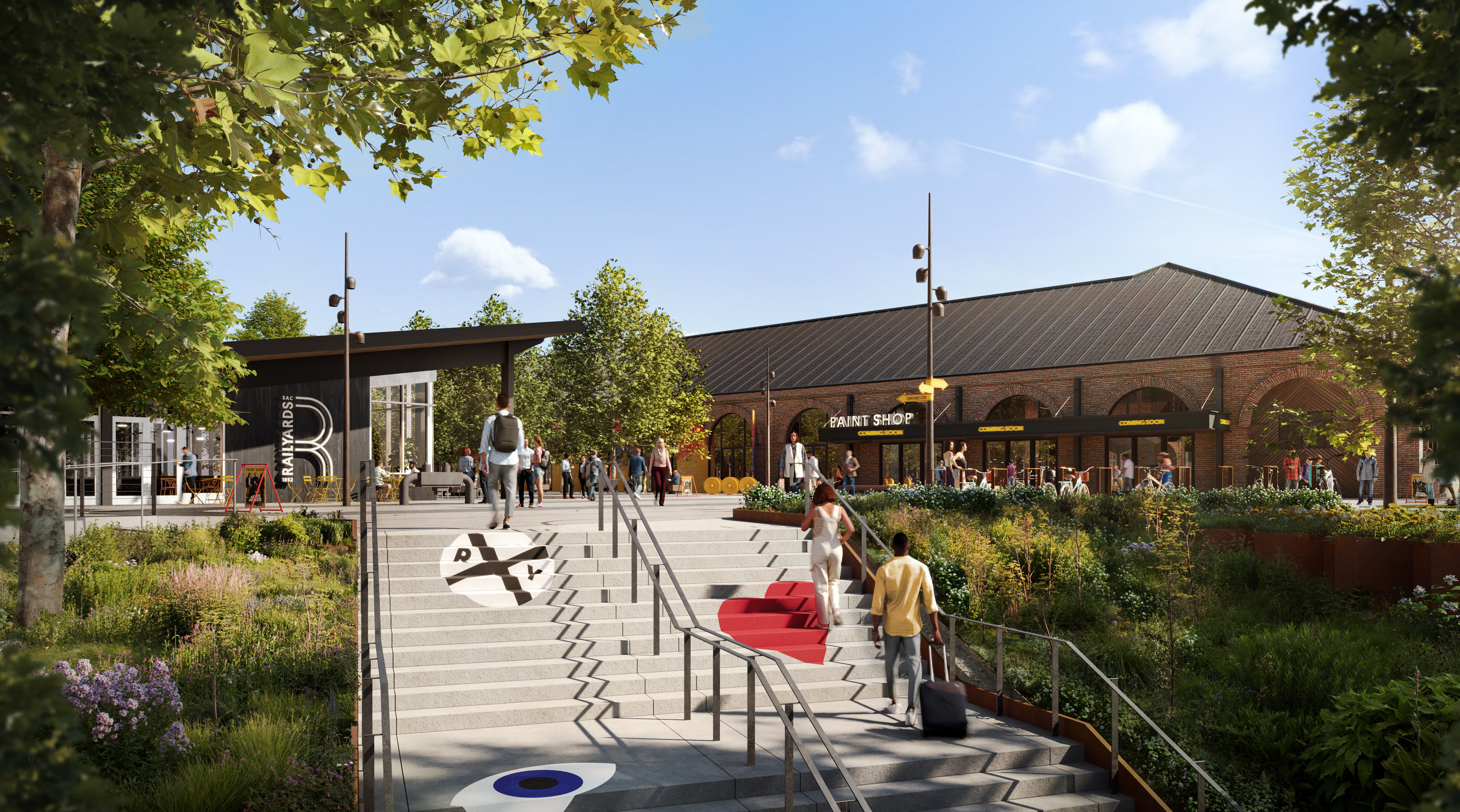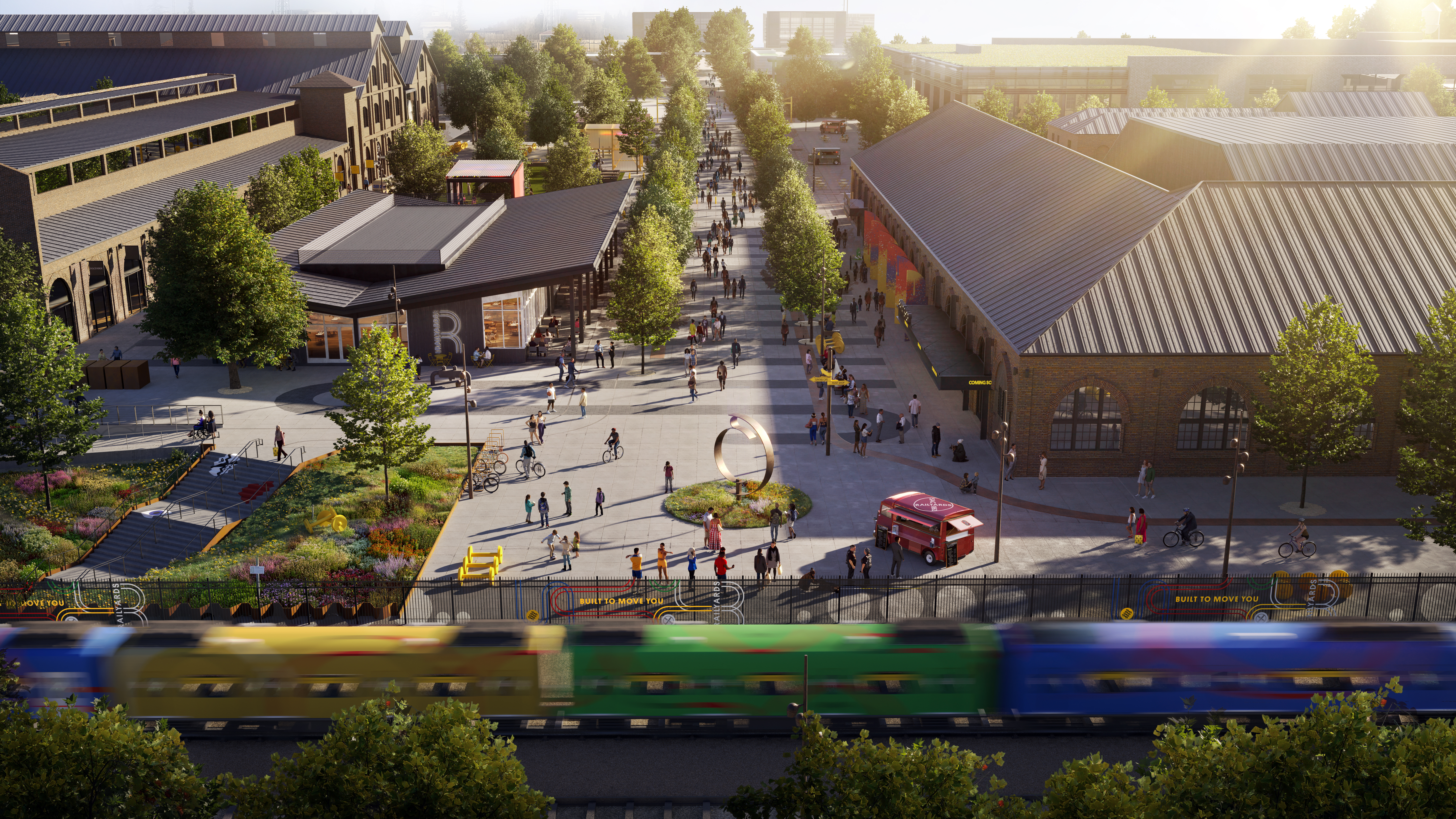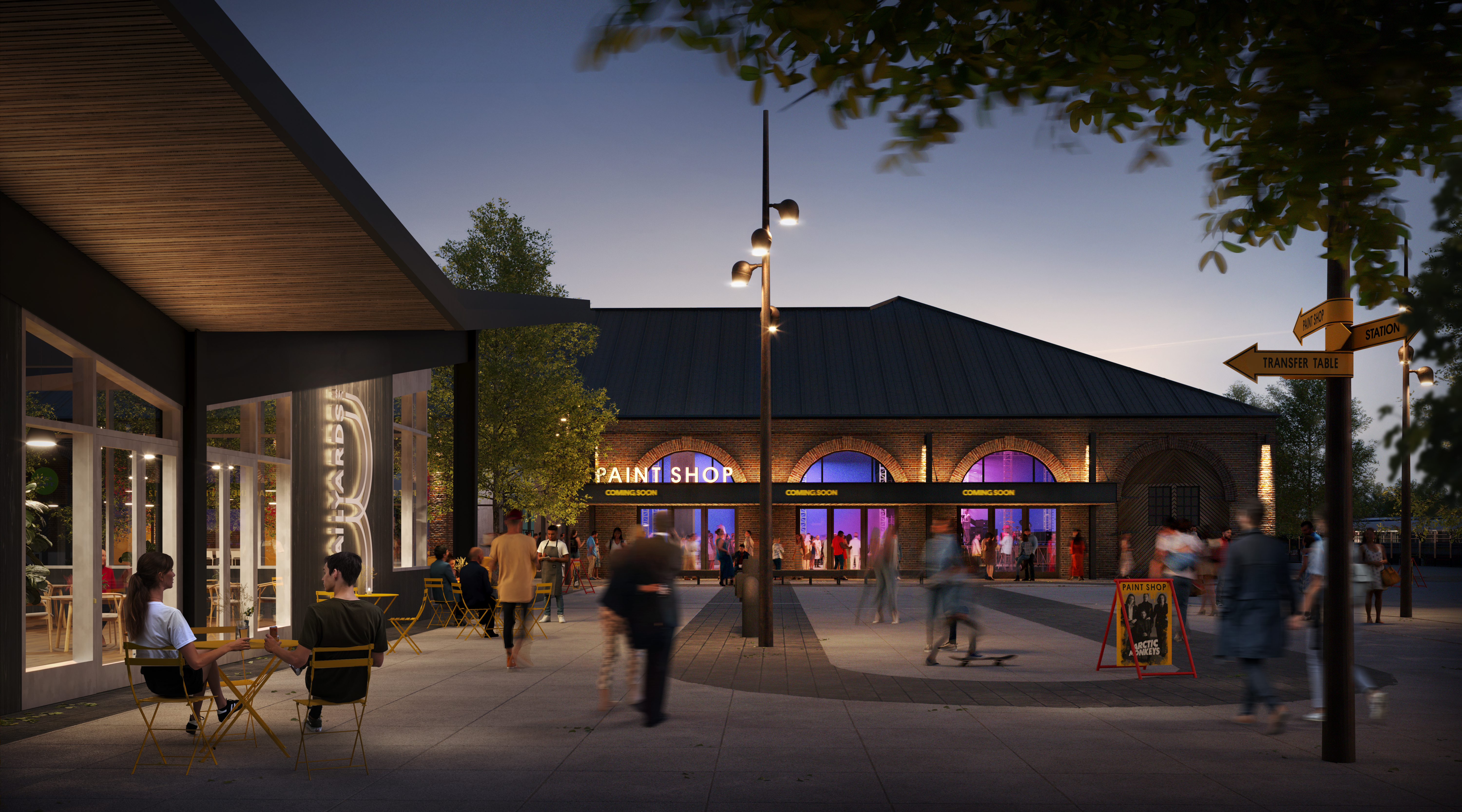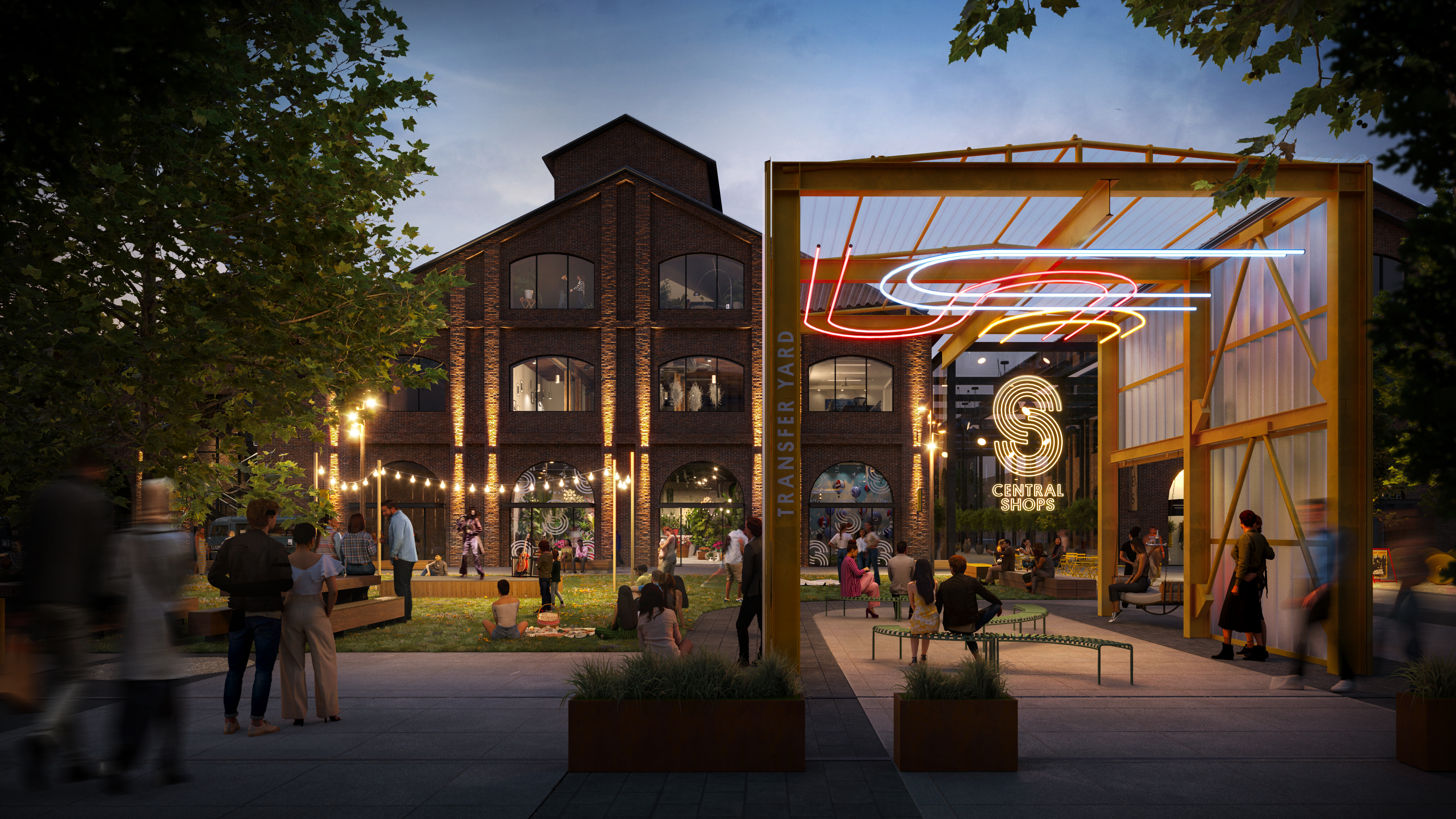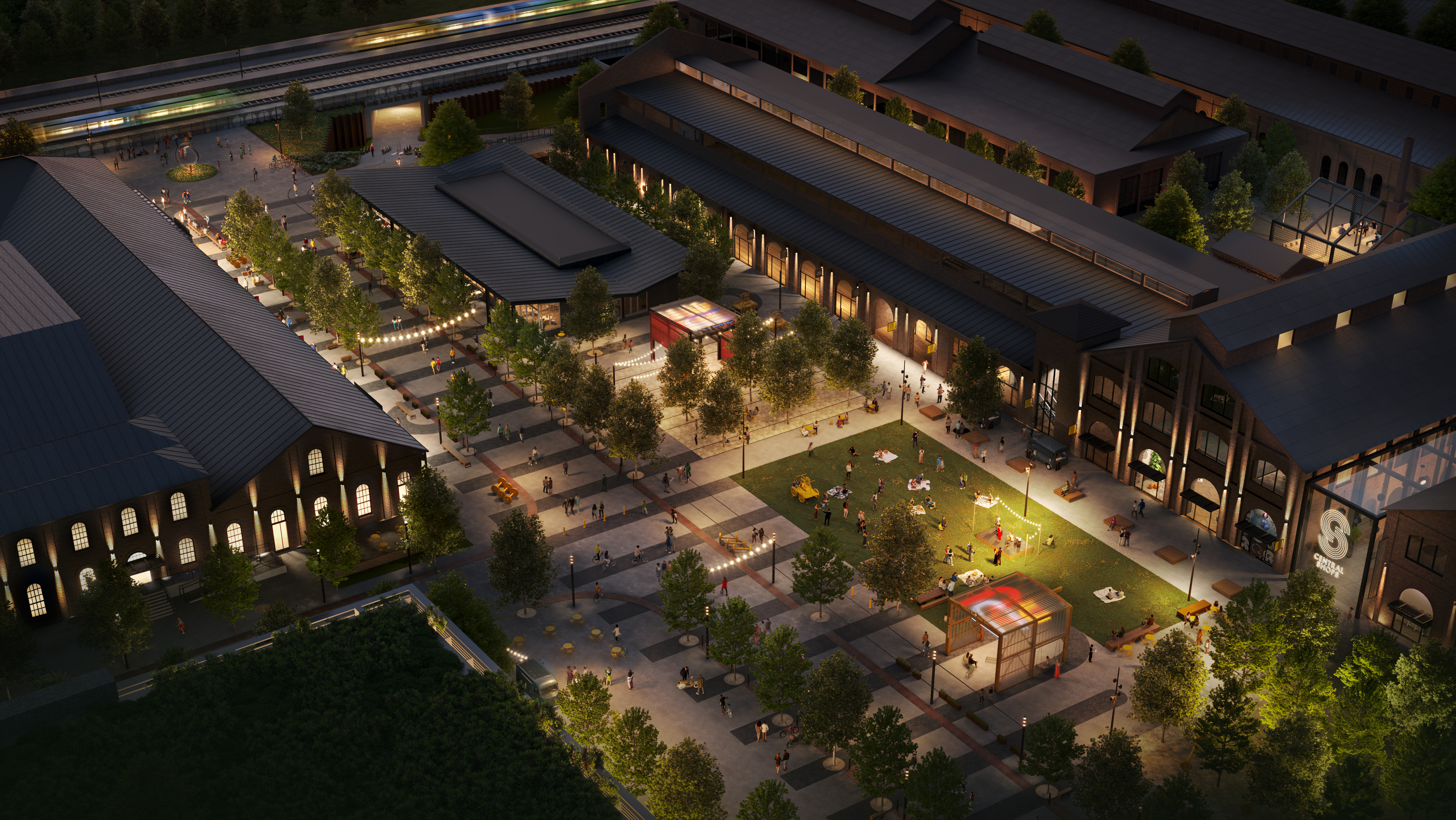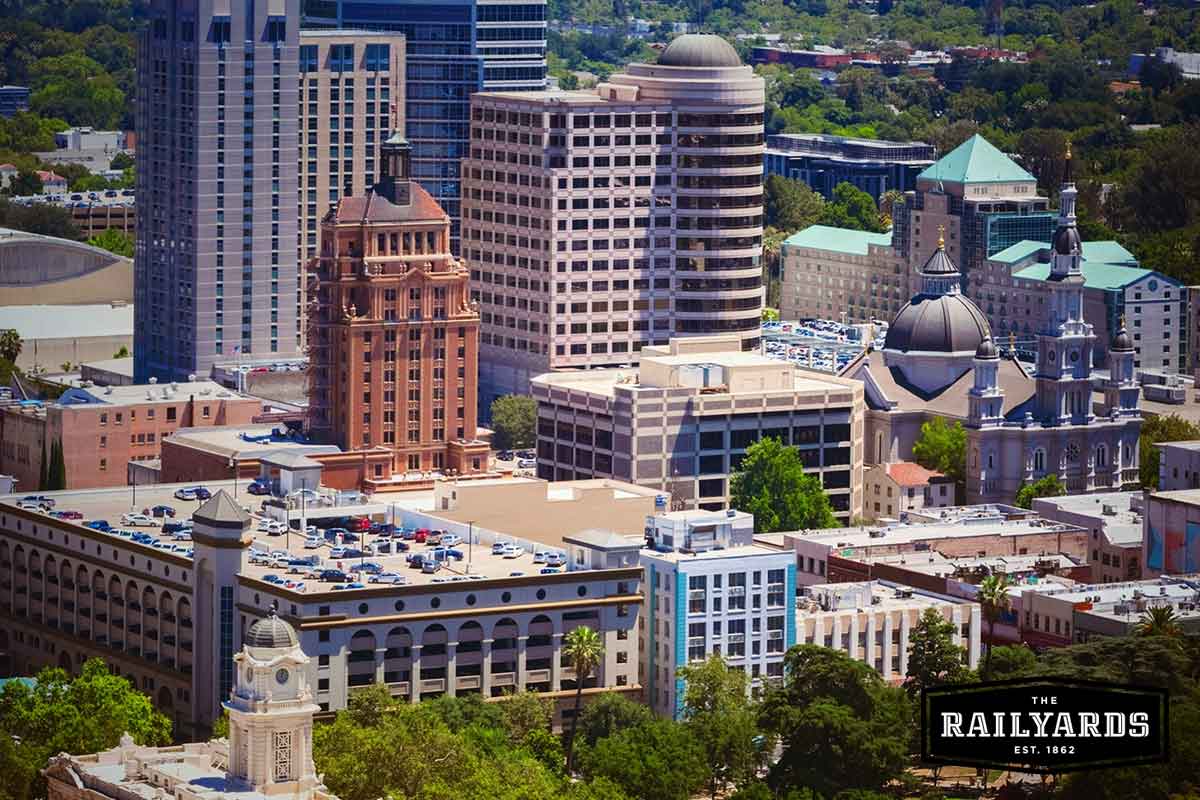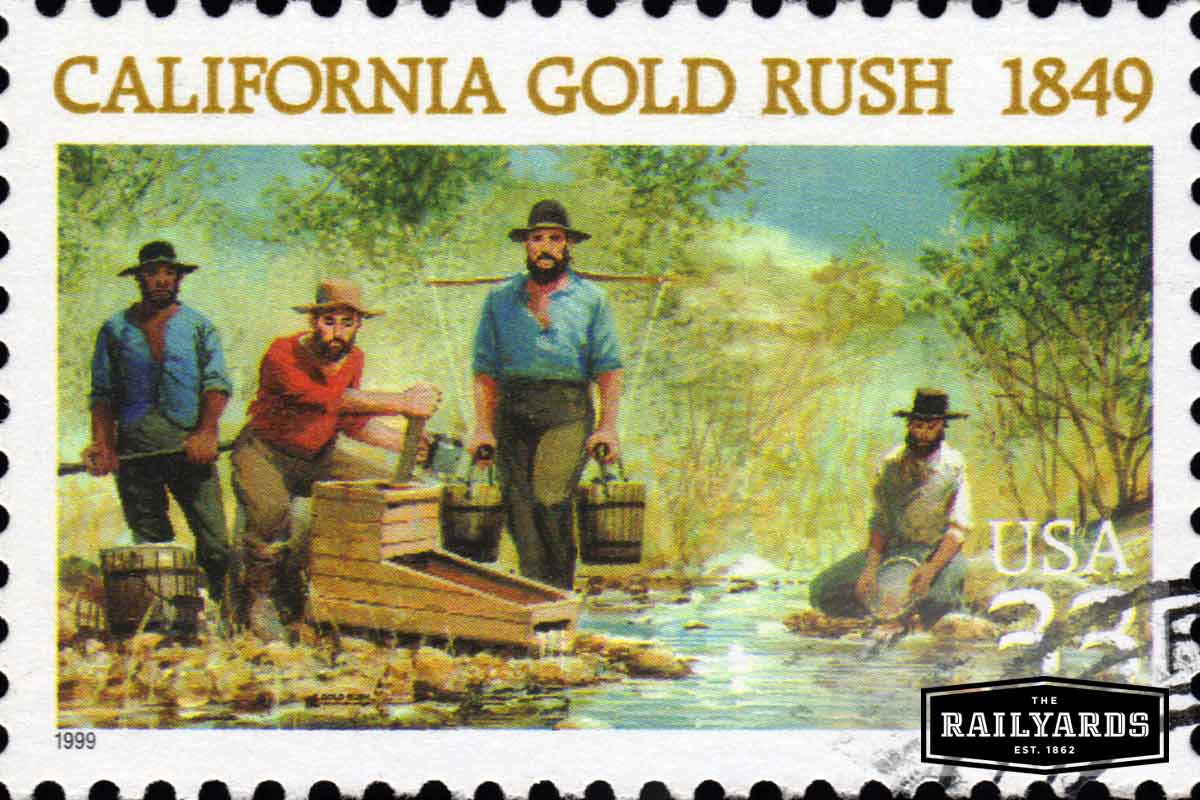
June 29, 2022 / Author: the Railyards
Discover the next chapter in the history of California as the Gold Rush and Railroads bring prosperity to the Golden State.
How did California become the nation’s most economically successful state? California has the 5th largest economy in the world, outranking every country around the globe aside from Germany, Japan, China, and the U.S. as a whole.
In our California History Timeline series, we’ve already visited the humble beginnings of this great state. If you missed it, hop on over and discover early California life.
The Gold Rush kicked off California’s statehood, so it’s no surprise that prosperity followed. Discover the next chapter in the California History Timeline.
CA’s Gold Rush Kicks Off a Legacy of Prosperity
In 1848, nine days after the California territory was ceded to the United States by Mexico, gold was discovered in a small sawmill in the Sierra.
German-born Swiss-citizen John Augustus Sutter (born Johann August Suter) arrived in California in 1839 and persuaded the Mexican government to grant him lands along the Sacramento River. At the confluence of the American and Sacramento Rivers, he established the colony of Nueva Helvetia (New Switzerland). This area would later be known as Sacramento.
In 1847, Sutter hired James Marshall to build a sawmill on the American River, 35 miles northeast of Nueva Helvetia. Sutter knew lumber would be needed to build up his new town, and that owning a sawmill would help him profit as the town grew.
On January 24, 1848, Marshall went down to the river to inspect progress, at which time his eye caught the glimmer of something shining in the bottom of a ditch.
Marshall had discovered gold.
Word of the gold discovery spread, and the mill workers quickly deserted their posts to “dig” for gold along the American River and its tributaries.
In May, word had spread to San Francisco, and almost overnight the port town was emptied as merchants, sailors, soldiers, and laborers rushed inland towards the gold fields. Soon, they were joined by farmers and trappers from Oregon and Utah, miners from Mexico and Chile, sailors, merchants, natives from Hawaii, and sailors from China.
It wasn’t until June of 1848 when a young Army Officer named William Sherman persuaded his commander, military governor Richard Barnes Mason, to visit the gold fields himself and verify the tales of wealth along the American River. Mason’s reports from his trip prompted President Polk to announce the news, and a mass exodus to California, known as the Gold Rush, began.
In the year that would follow, close to 100,000 people traveled to CA from every corner of the globe. At that time, without a quick way to get word across the United States, it was quicker to travel from China (a 7,000-mile journey that took 3 months), Hawaii, New Zealand, and Australia than it was to get there from the Eastern side of the United States.
The Gold Rush benefitted three major settlements: San Francisco, which became California’s major seaport; Sacramento, which served as the trading center for northern mines; and a ranch that served as the gateway to the mines along the Calaveras, Stanislaus, Tuolumne, Merced, and Mariposa Rivers, which would come to be known as Stockton.
By the time the first federal census was conducted in 1860 in California, the population had tripled since the onset of the Gold Rush. Aside from mining, Californians were finding other ways to make their fortunes. Cattle ranching was flourishing, and farming made CA self-sufficient in wheat.
But transporting goods in and out of the state was still difficult until work began on the Central Pacific railroad line.
The Railroads Come to California
In 1862, the Pacific Railroad Act tasked the Union Pacific and Central Pacific Railroad companies with building a transcontinental railroad that would link the Eastern and Western United States. For seven years, both companies raced toward each other from Omaha, Nebraska, to Sacramento, California. The two lines met at Promontory, Utah, on May 10, 1869.
The railroads changed the economic future of California yet again.
In Sacramento, the Central Pacific Railroad company provided numerous employment opportunities. The railyards became the epicenter of the region’s innovation, transportation, and employment.
One of those innovations was the ice-cooled freight car, the first of which was built in the Sacramento Railroad Shops. Easy access to railroad lines quickly allowed for citrus growing and made large-scale agriculture a significant part of the state’s economy. The ice-cooled freight car made it possible for California produce and salmon shipments to travel by train to the east coast, resulting in a growing demand for California-grown produce and the boom of the agricultural industry.
By 1910, the railroads in Sacramento produced 33% of all jobs in the region.
From cattle to gold to agriculture and railroads, California was full-steam ahead for a prosperous future.
Love learning about California history? Discover the first post in our California History Timeline series and the 6 Events that Changed the Shape of California to uncover more!


